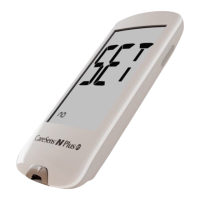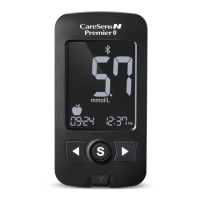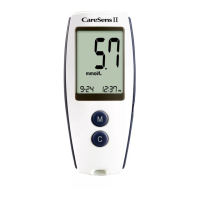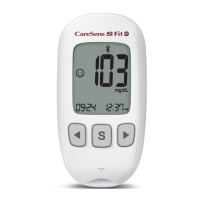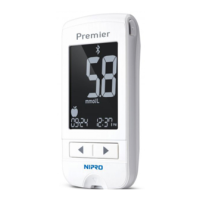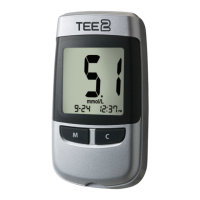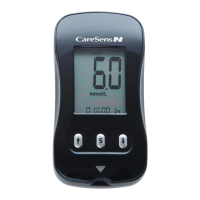The Bluetooth® word mark and logos are registered trademarks
owned by Bluetooth® SIG, Inc. and any use of such marks by
i-SENS, Inc. is under license. All other trademarks and trade
names are those of their respective owners.
This equipment complies with FCC radiation exposure limits set
forth for an uncontrolled environment.
This equipment should be installed and operated with minimum
distance 8 inches (20 cm) between the radiator and your body.
Any changes or modifications not expressly approved by the
manufacturer could void the user's authority to operate this
equipment.
WARNING:
Turn off the Bluetooth feature in areas where the use of
wireless devices is restricted, such as hospitals, some healthcare
professional offices, and airplanes.
Trademarks
FCC Radiation Exposure Statement:
Note:
The SmartLog mobile app may not be compatible
with all smartphones.
